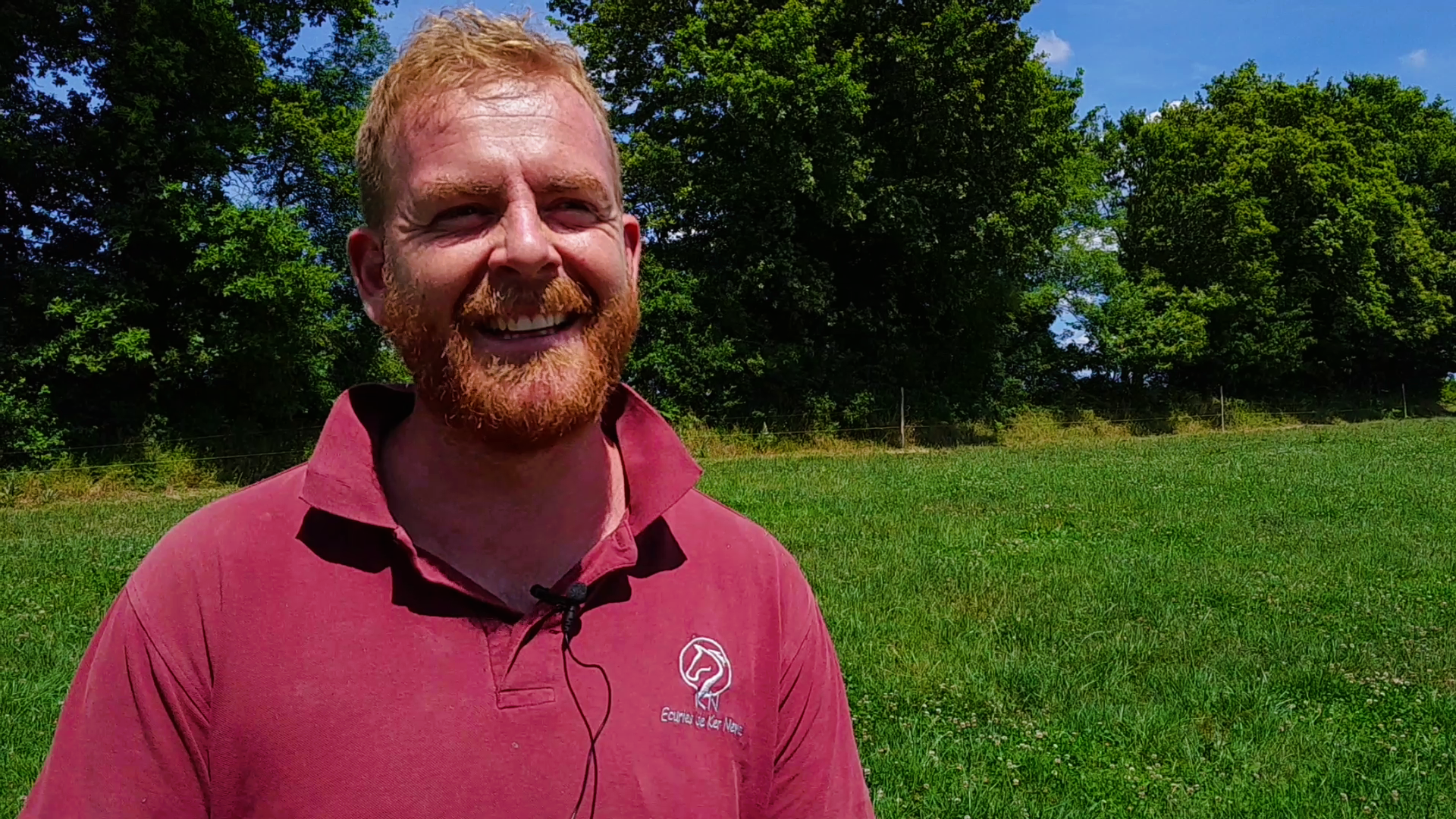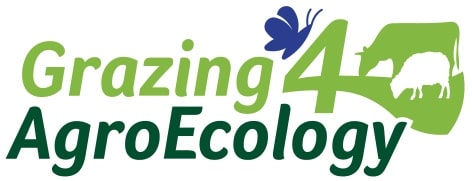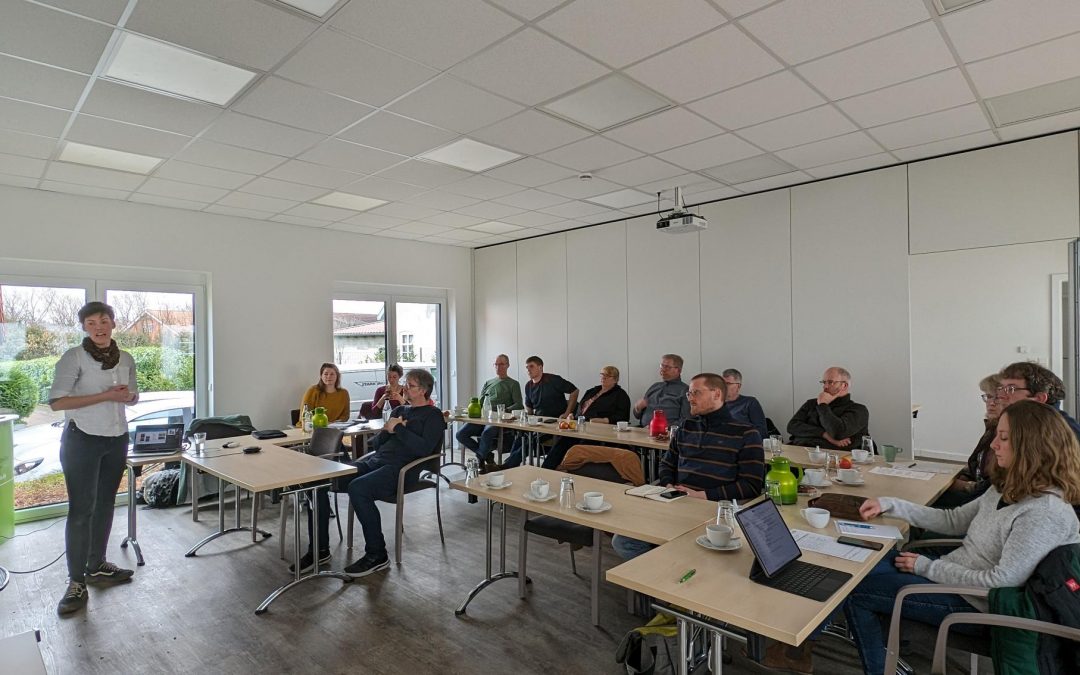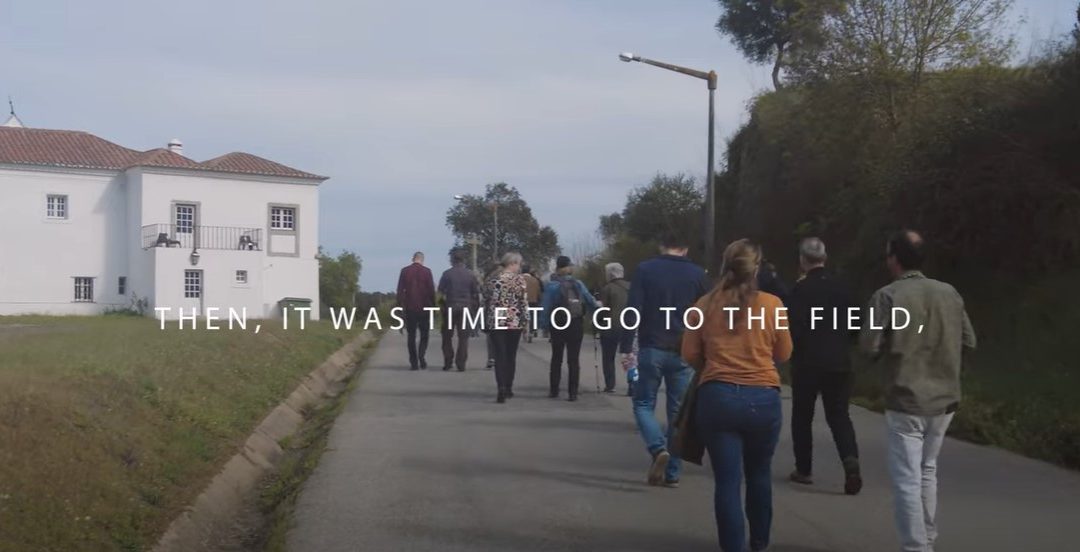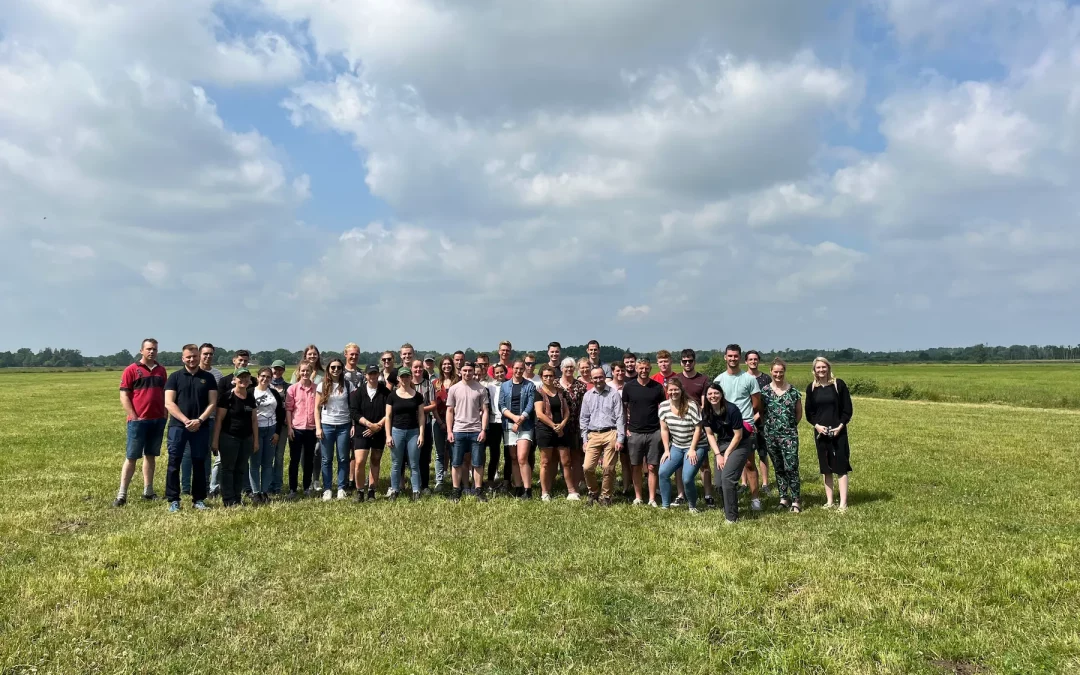Partners
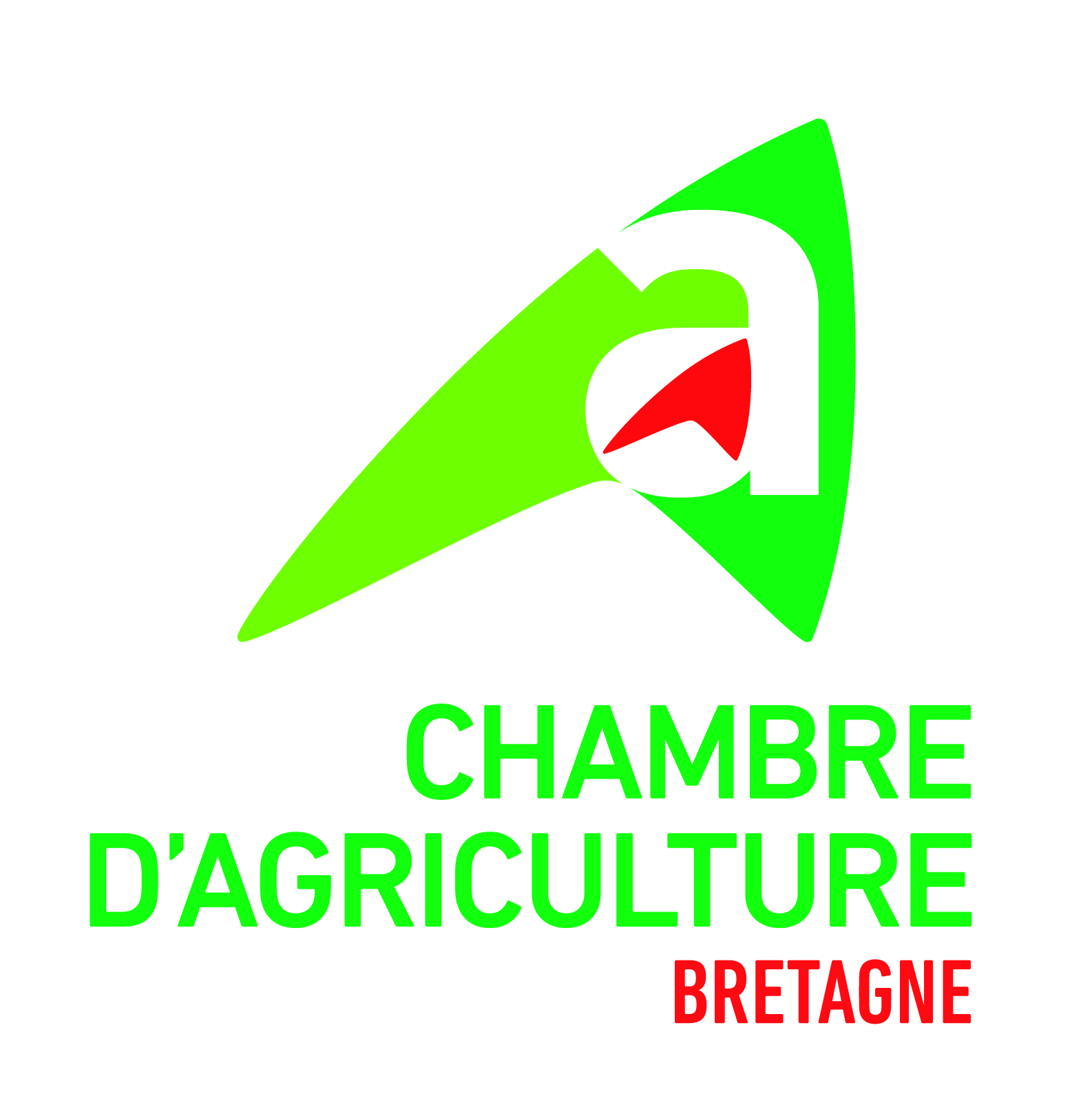
Chambre D’Agriculture Bretagne
jean-marc.seuret@
bretagne.chambagri.fr

Institut de L’Elevage – Idele
soline.schetelat@idele.fr
![Logo-INRAE_Quadri-[HD]](https://grazing4agroecology.eu/wp-content/uploads/2023/02/Logo-INRAE_Quadri-HD.jpg)
INRAE
France
Avec le concours « Parie sur ta Prairie »,
vos prairies valent de l’or
Pour la seconde fois, le concours « Parie sur ta prairie » sera organisé en Bretagne ! Le but de ce concours créé dans le cadre du programme de recherche Climatveg et reconduit dans le cadre du projet européen Grazing4Agroecology ? Mettre en valeur des pratiques d’éleveurs qui maintiennent des prairies temporaires productives malgré les aléas climatiques.
1000€ à gagner !
Vous avez des prairies semées résistantes aux aléas climatiques et vous en prenez soin pour maintenir leur productivité ?
Alors partagez votre expérience en présentant votre prairie au concours (4 concours départementaux et une finale régionale).
Ce concours est ouvert à tous les éleveurs de Bretagne disposant de prairies semées de 4 à 8 ans conduites en pâture, fauche ou mixte.
Le jury composé de deux éleveurs et d’un conseiller prairie, passera évaluer votre prairie mi-octobre 2024. Il jugera alors de sa qualité et capacité de résistance aux aléas climatiques en lien avec vos pratiques. Le grand gagnant régional gagnera un voyage d’étude en Irlande !
Un concours à l’initiative des éleveurs, pour les éleveurs
Le concours « Parie sur ta prairie », a été conçu par des éleveurs avec des conseillers prairie de la région et l’Institut de l’Elevage : détermination des critères d’évaluation, organisation du concours, communication et participation au jury. Le jury est composé d’un conseiller prairie de la Chambre d’agriculture et de deux éleveurs du département, afin d’assurer une vision globale et ancrée dans le territoire. Une vidéo de présentation (teaser) a été tournée avec les membres du comité. A découvrir sur la chaine Youtube de la Chambre d’agriculture de Bretagne !
Un concours pour mettre en avant les prairies temporaires résistantes aux aléas climatiques
Dans nos campagnes, ça se bouge pour faire durer les prairies. Déficit hydrique, vent séchant, pluies diluviennes sont tout autant de facteurs qui rendent difficile l’exploitation des prairies sur le long terme. L’année 2022, marquée par une sécheresse record, nous a confirmé que l’herbe se cultive sur 4 saisons. Cet automne-hiver, de nombreuses prairies ont compensé en partie leurs faibles productions du printemps et de l’été grâce à des choix de prairies et des pratiques d’éleveurs adaptées.
Dans ce contexte, comment garder des prairies productives et en bonne santé ? Les leviers sont multiples : sélection variétale, changement des pratiques, diversification de la flore… C’est ce que le concours veut mettre en lumière : les leviers mis en place par les éleveurs bretons pour exploiter des prairies semées, résistantes aux aléas climatiques, tout en maintenant leur productivité.
Partagez vos expériences en vous inscrivant au concours « Parie sur ta prairie » avant le 22 septembre 2024 !
Carbon Footprint of Milk and the Influence of Grazing
Calculating the Carbon Footprint of Milk and the Influence of Grazing – An In-depth Look with Dr. Friederike Fenger (Thünen Institute, Organic...
Video: Field Day 2nd General Assembly Meeting
On March 24th it was the last day of the General Assembly Meeting of G4AE in Lisbon, Portugal. On this day, the G4AE consortium travelled to Évora...
Video: 2nd General Assembly Meeting
On March 22nd and 23rd, the 2nd General Assembly Meeting of the G4AE took place in Lisbon, Portugal. On the 1st day there was a filming and editing...
International network event in G4AE: 45 young farmers visiting Northern Germany
Within the EU funded project “Grazing4AgroEcology” (G4AE), the Centre for Grassland (GLZ) and the Georg-August University of Goettingen (UGOE)...
News and events
Event: 1st French partner farm network meeting
27th of January 2023
Online
Event: - Days of the Francophone Association for Grasslands and Forages
21st – 22nd of March 2023
Event: Young farmers meeting at the experimental farm of Trévarez
25th of April 2023
Event: Les Prairiales
1st of June 2023
A technical event about grasslands and grazing
Event: 2nd French partner farm network meeting
29th of June 2023
One of the partner farms
Grasslands represent 20% of the French national territory (11,5 million hectares) and 41% of the agricultural land. The total area of grasslands has remained stable for the last 30 years. Grasslands are mainly located in the regions where the herbivores are bred (Bretagne, Normandie and the mountain areas). 92% of the French dairy cows have access to grasslands and 87% graze more than 170 days per year. Grazing represents a significant share of the cows’ ration. The average size of a French dairy flock is around 60 cows. Farms are mainly runed by family members.
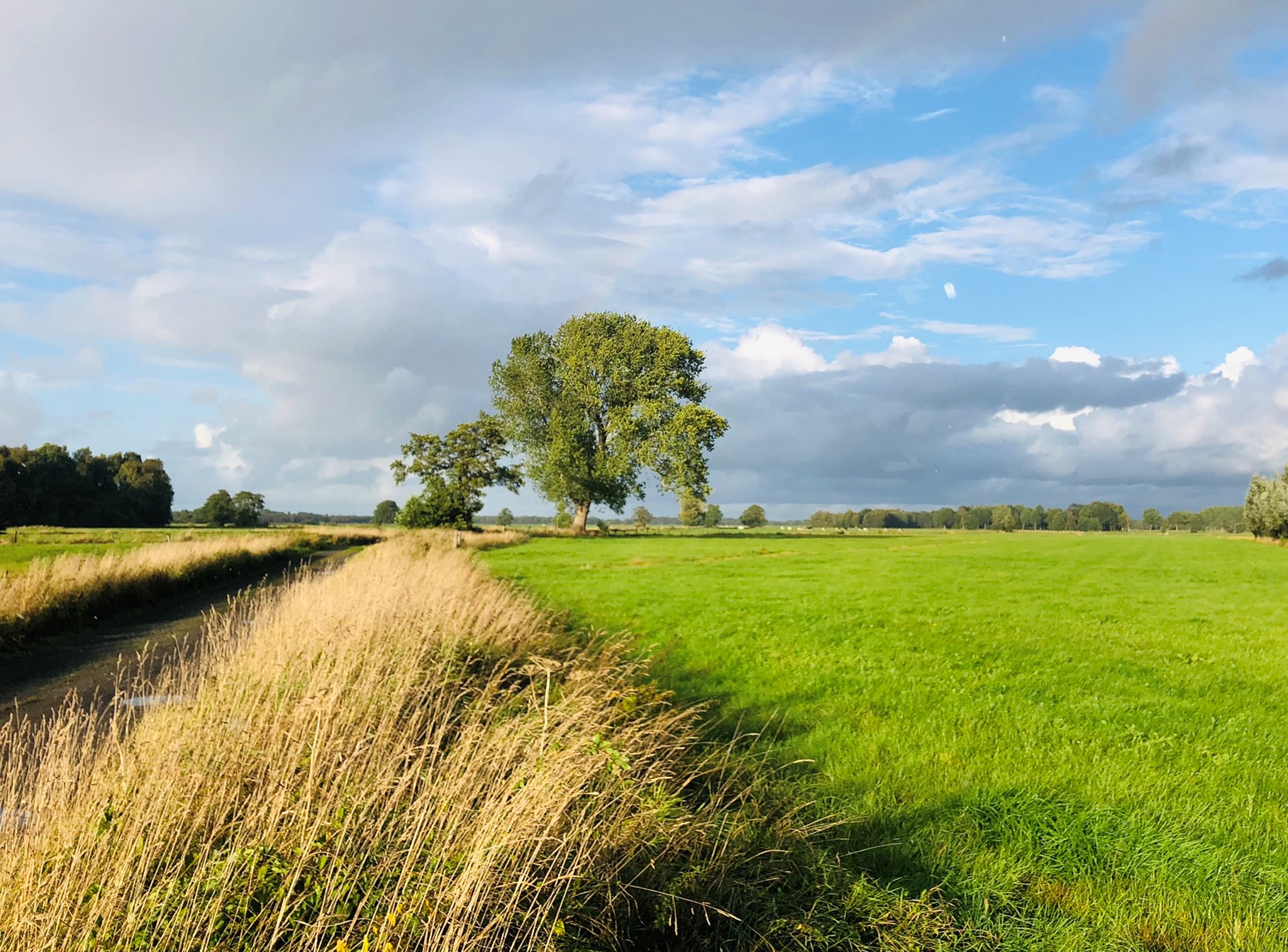
Institut de l’Elevage – IDELE
IDELE was appointed by the French ministry of agriculture as technical center for agriculture (member of ITA network). IDELE is the French national technical reference and normative body in livestock farming systems. It is a non-profit, non-governmental organization featuring management by livestock farmer’s federations and trade unions. Its activities encompass applied research, technical assistance and technology transfer in cattle, sheep, goats and horses husbandry sciences. It employs 360 people. The main research topics are genetic evaluation, population management and selection, phenotyping and data collection, management of observatories of breeds, animal husbandry techniques and environment including fodder and pastoralism, quality of animal products, animal health and welfare, farm economics, value chain economics, farm workmanship and social approaches, methods and tools for references and advisory services.
FRENCH CHAMBERS OF AGRICULTURE
Founded in 1924, French Chambers of Agriculture are public bodies representing French farmers and the rural world. Their 8 325 permanent employees offer advisory services to farmers and other rural stakeholders, test new products, technologies and practices on experimental stations and promote the transfer of innovative practices to end-users during demonstration events as INNOV’ACTION and Tech & Bio (for organic and alternative agriculture). Moreover, they provide expertise to public authorities and give its views on agricultural and rural issues; they have a permanent representation in Brussels which analyse policy trends, organise meetings with the European Union institutions and also work on specific objectives.
There are 89 departmental Chambers of Agriculture (“Department” is a French administrative division between cities and regions) and 13 regional Chambers of Agriculture which are linked by law to one national umbrella (Chambers of Agriculture France / APCA). This dense administrative network is involved in nearly all agricultural sectors.
Facilitator Agents
2 agents that will moderate farm demonstrations of best practices and meetings within the grazing AKIS and encourage all actors to exchange and share knowledge in France
Soline Schetelat

Engineer on forages
Grassland management
soline.schetelat@idele.fr
Jean-Marc Seuret

Project manager on forages
Grazing management
jean-marc.seuret@bretagne.chambagri.fr
Partner Farms
Etienne Le Roux
Grazing pastures adapted to climate change
More info here: Video / Practice abstract
Dairy farm with 42 cows and 66 ha, including 35ha of grassland, in Cast, Finistère, Brittany
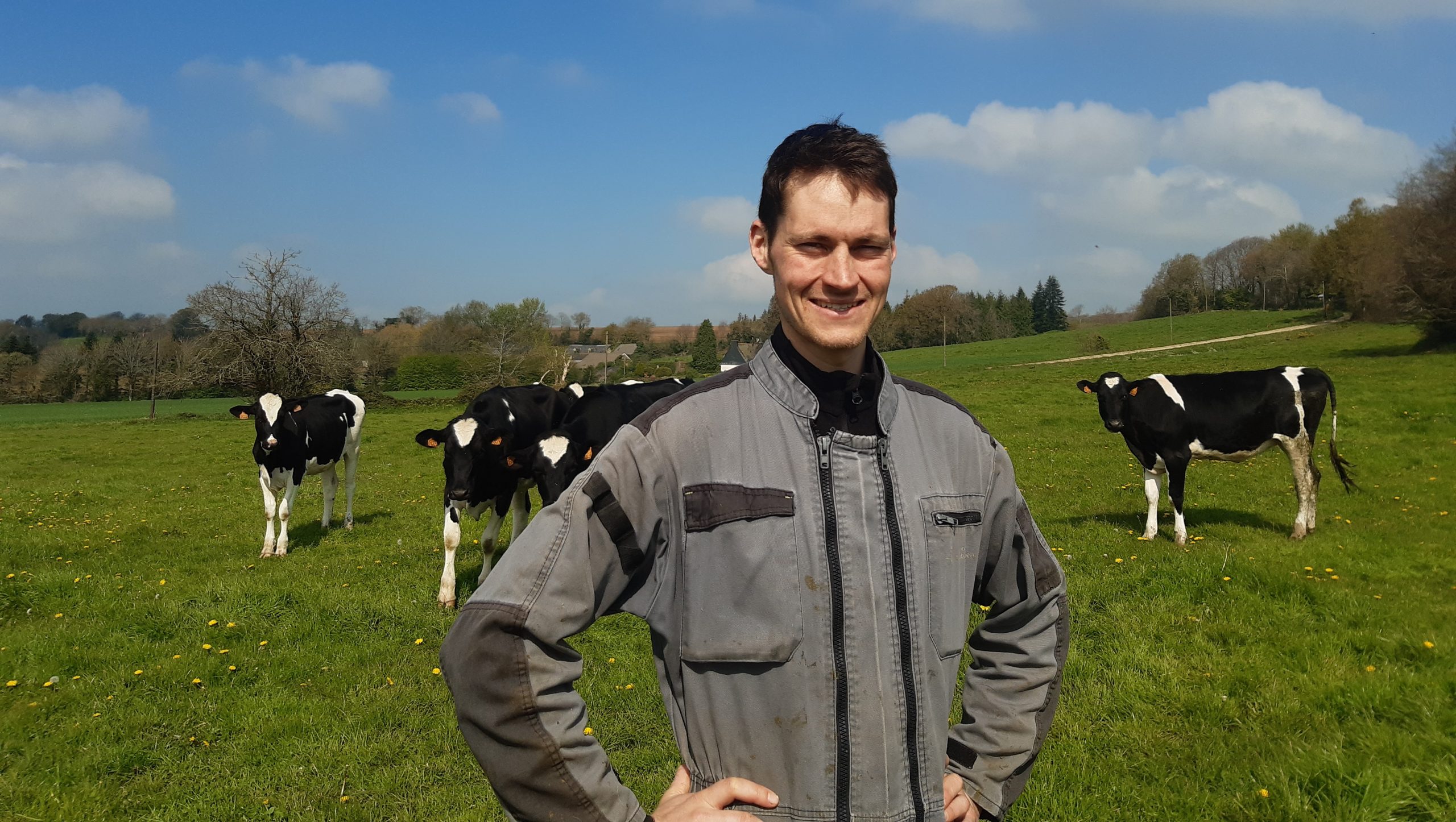
Etienne Leretrif
Three-way crossbreeding
More info here: Video / Practice abstract
Organic dairy farm with 100 cows and 145ha, including 130ha of grasslands, in Montreuil-sous-Pérouse, Ille-et-Vilaine, Brittany
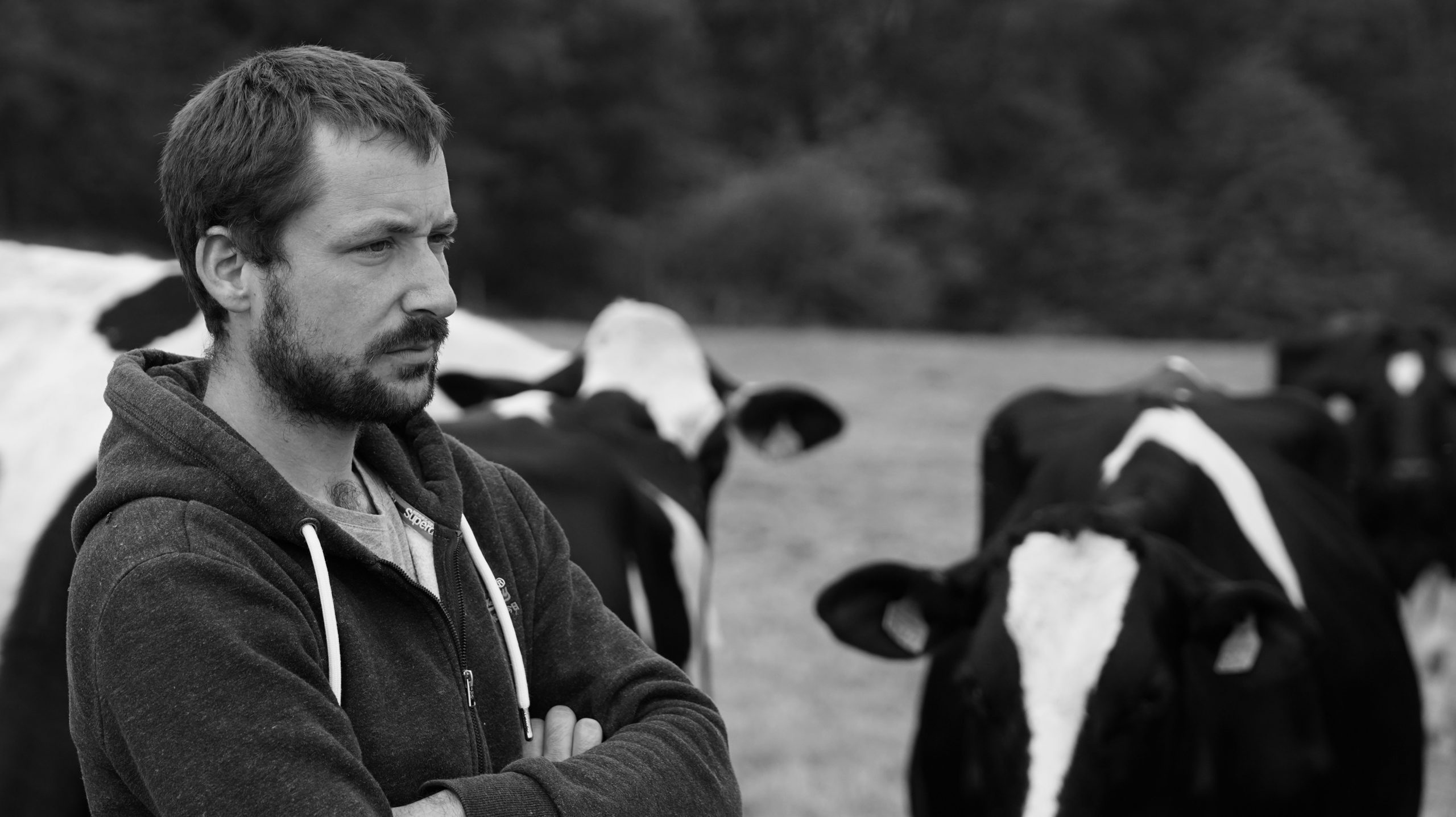
Florian Tanguy
Exchanging plots to expand the grazing area
More info here: Video / Practice abstract
Family dairy farm with 80 cows and 140ha, including 80ha of grasslands, in Saint-Malo-des-Trois-Fontaines, Morbihan, Brittany
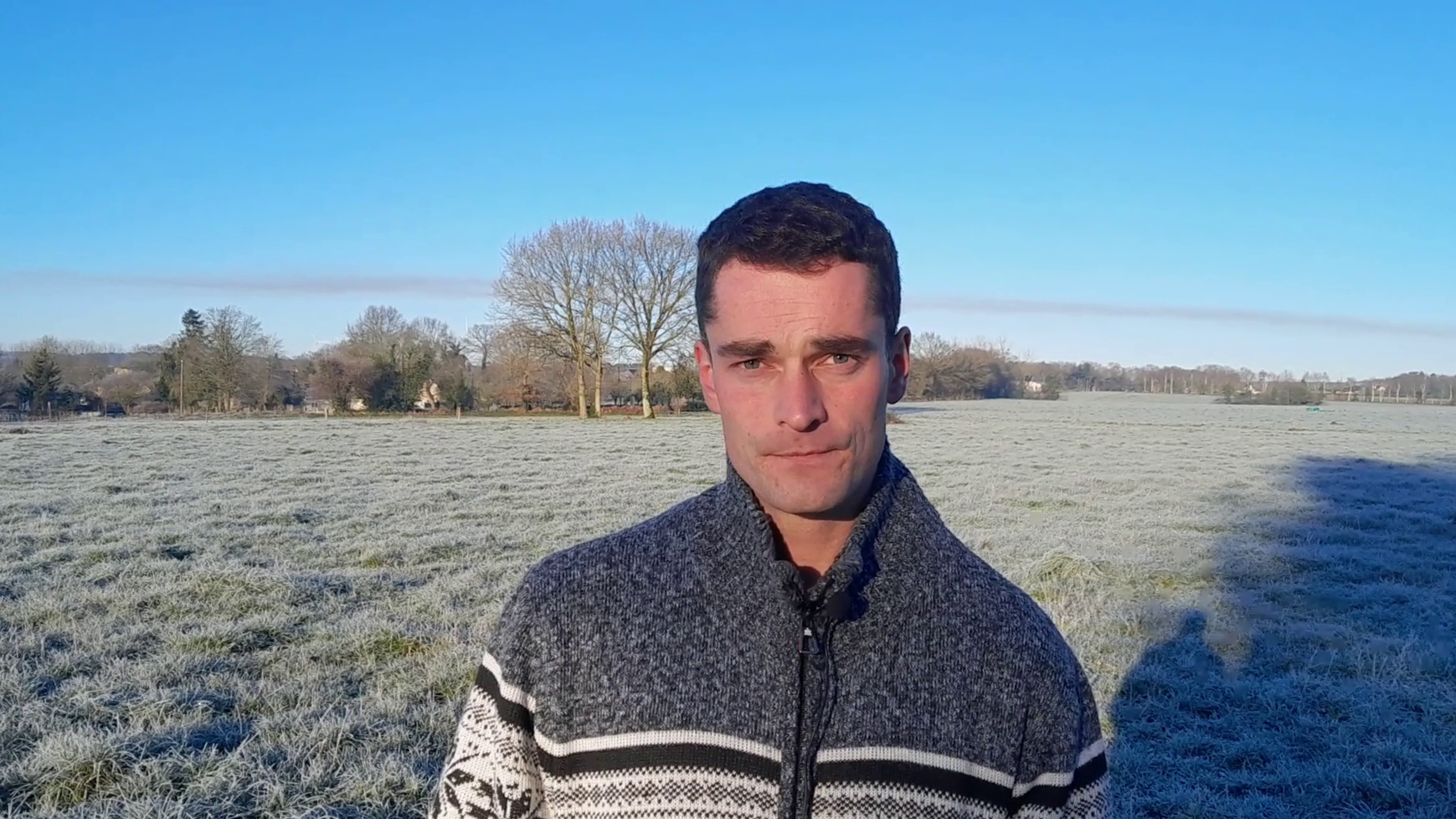
Franck Le Breton
Spring block calvings : matching the birth season to grass growth
More info here: Video / Practice abstract
Organic dairy farm with 45 cows and 68ha of grasslands, in Le Haut Corlay, Côtes-d’Armor, Brittany
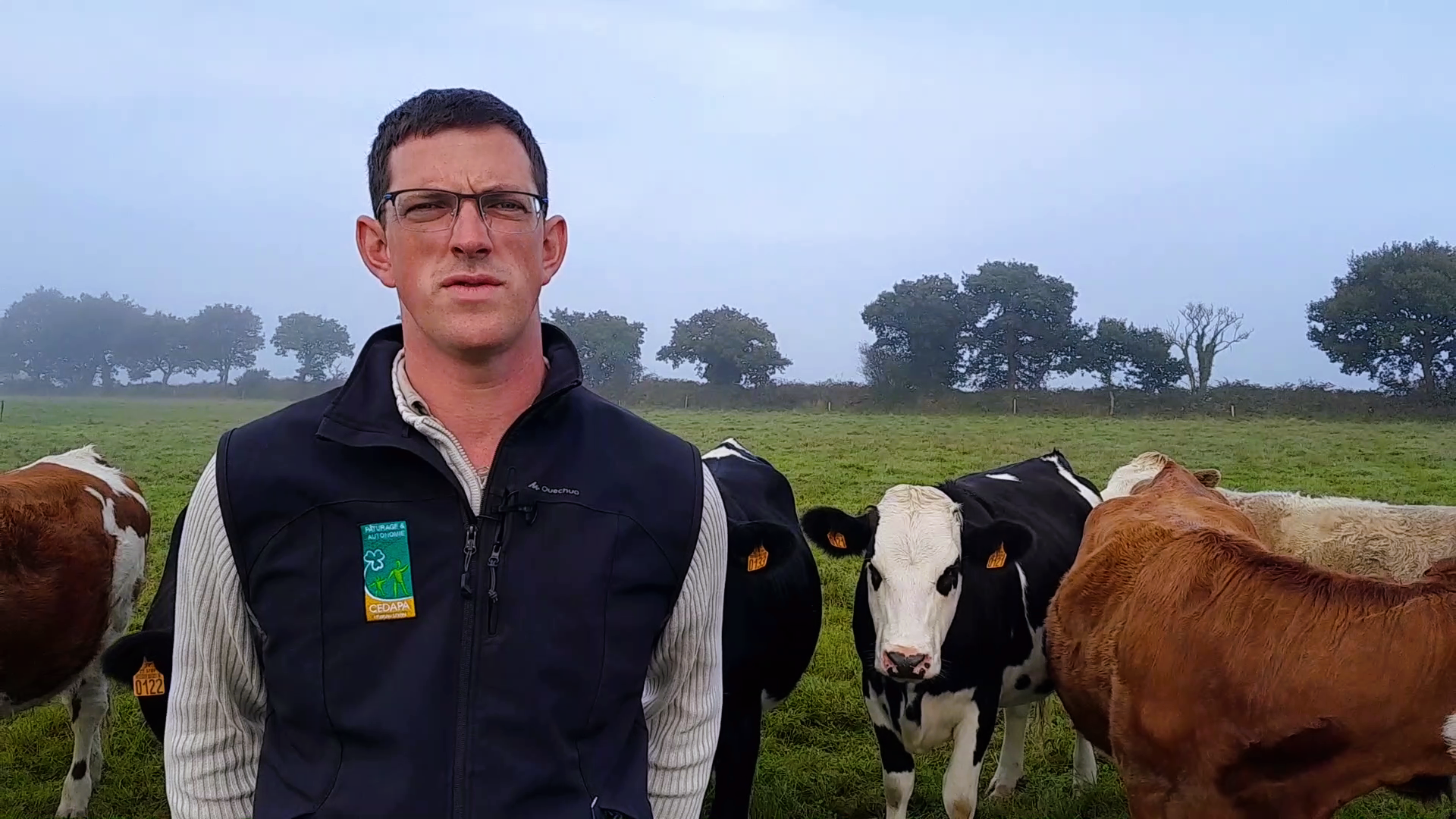
François Pinot
Sowing multi-species grasslands adapted to animal’s needs and variable climate conditions
More info here: Video / Practice abstract
Dairy farm with 85 cows and 91ha, including 37ha of grasslands, in Plurien, Côtes-d’Armor, Brittany
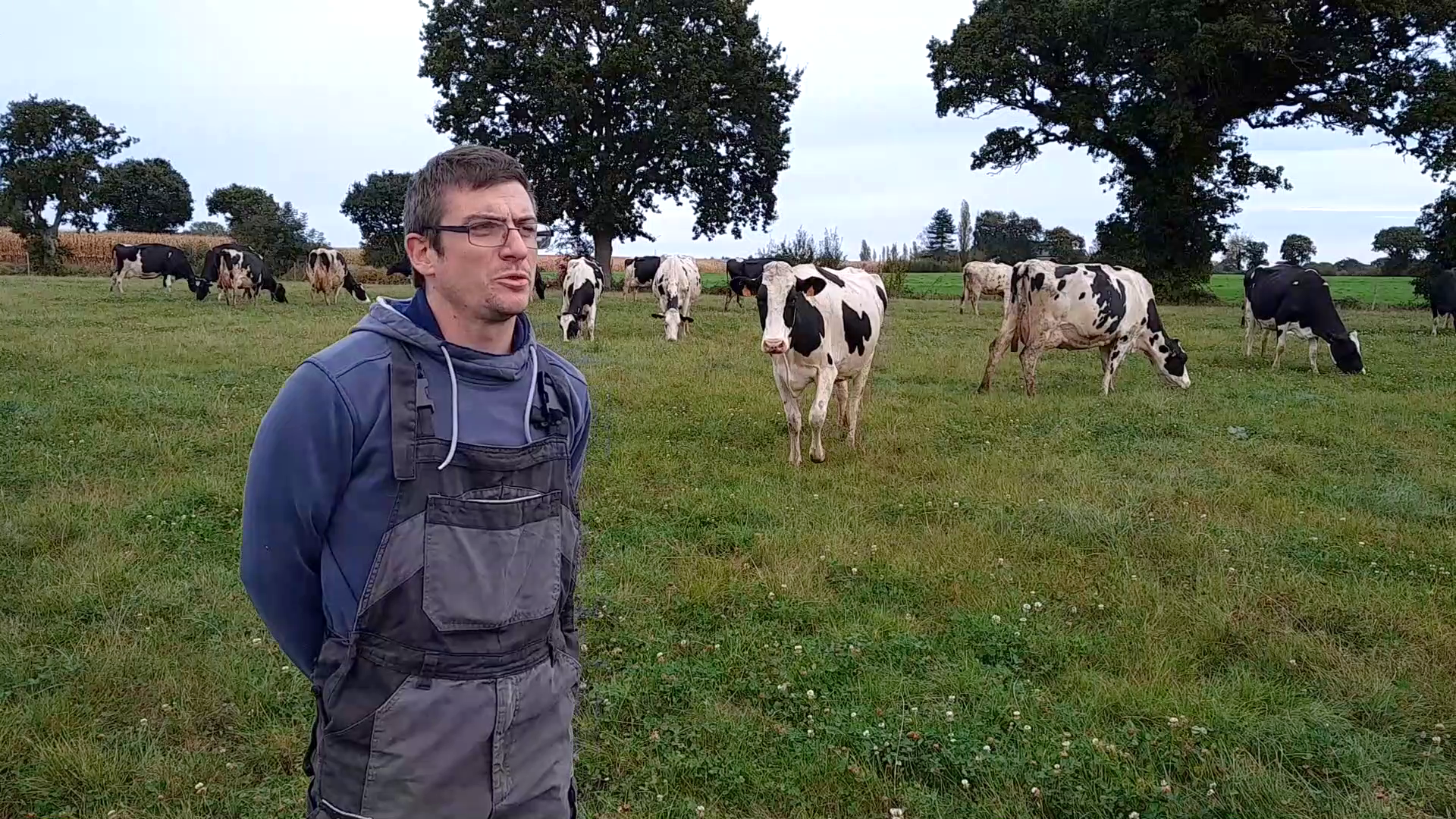
Guylaine and Gilbert Tromeur
Single milking all-year round with 100% grass-fed dairy cows
More info here: Video / Practice abstract
Organic dairy farm with 120 cows and 126ha of grasslands, in Colorec, Finistère, Brittany
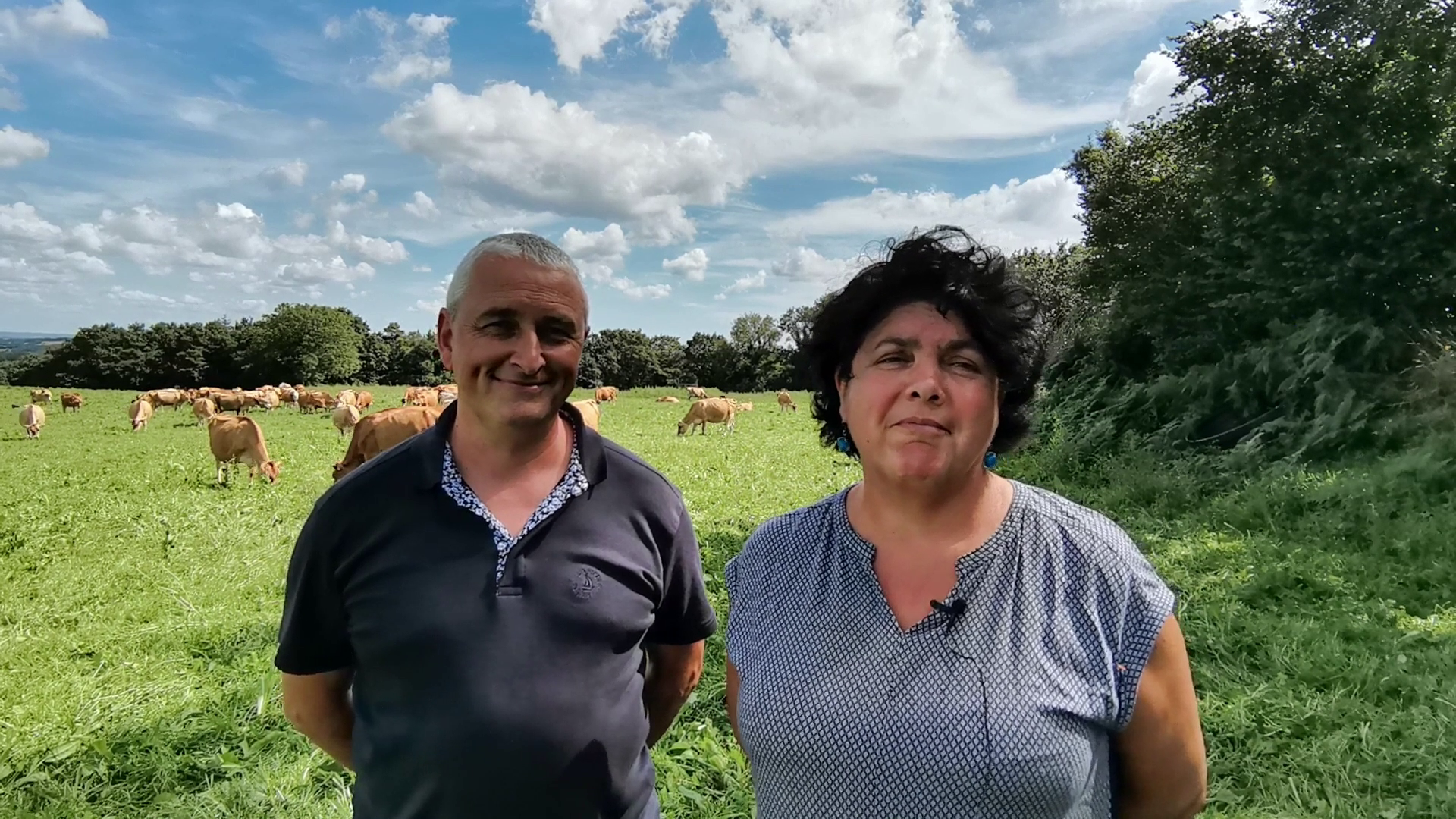
Thomas Leclerc and Jérémy Villalon
100% grass-fed dairy cows
More info here: Video / Practice abstract
Organic dairy farm with 71 cows and 84ha of grasslands, in Plédéliac, Côtes-d’Armor, Brittany
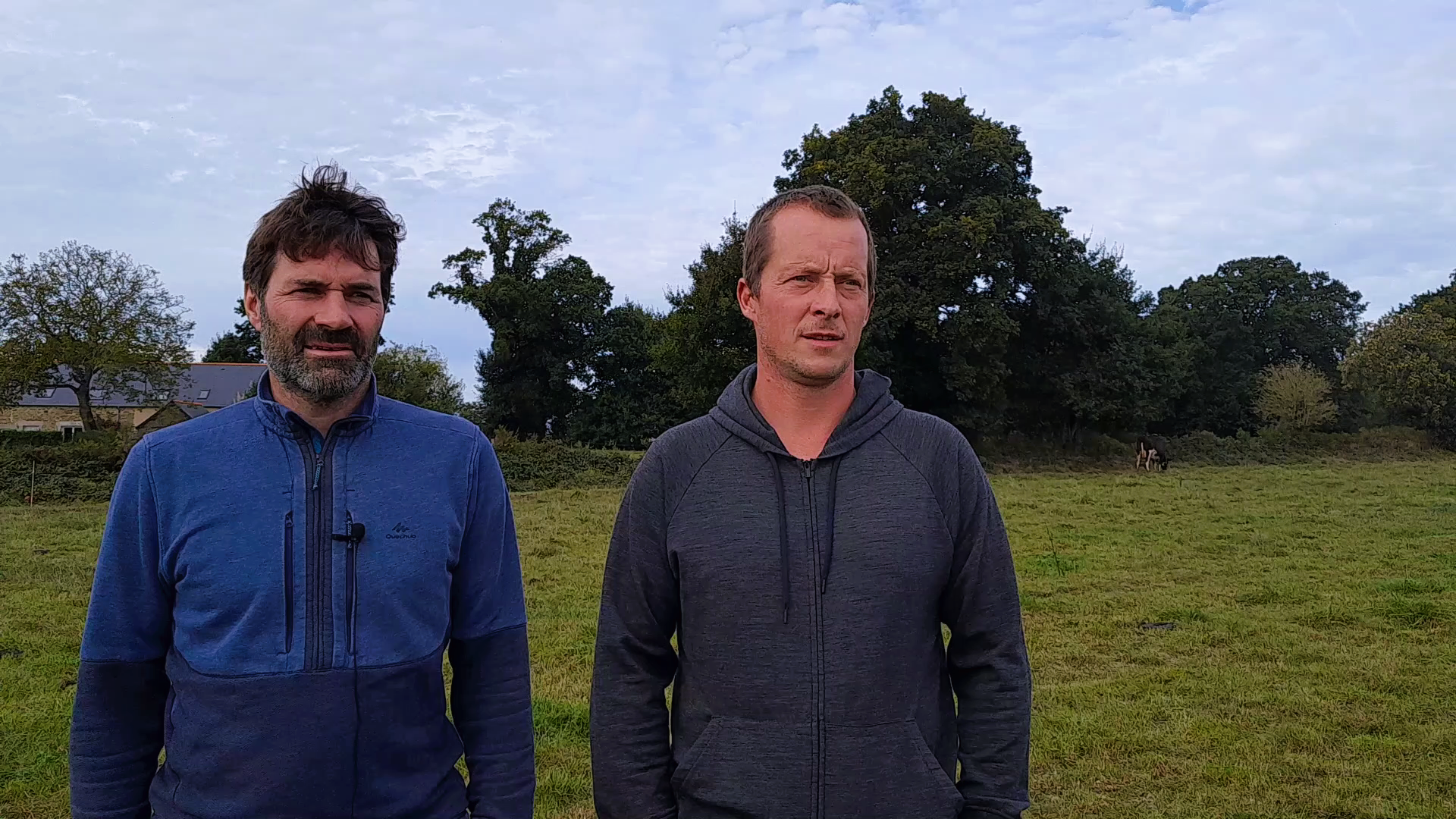
Nicolas Floc
Sowing grassland under a cover of cereal and protein crop
More info here: Video / Practice abstract
Dairy farm with 50 cows and 60ha, including 40ha of grasslands, in Guipel, Ille-et-Vilaine, Brittany
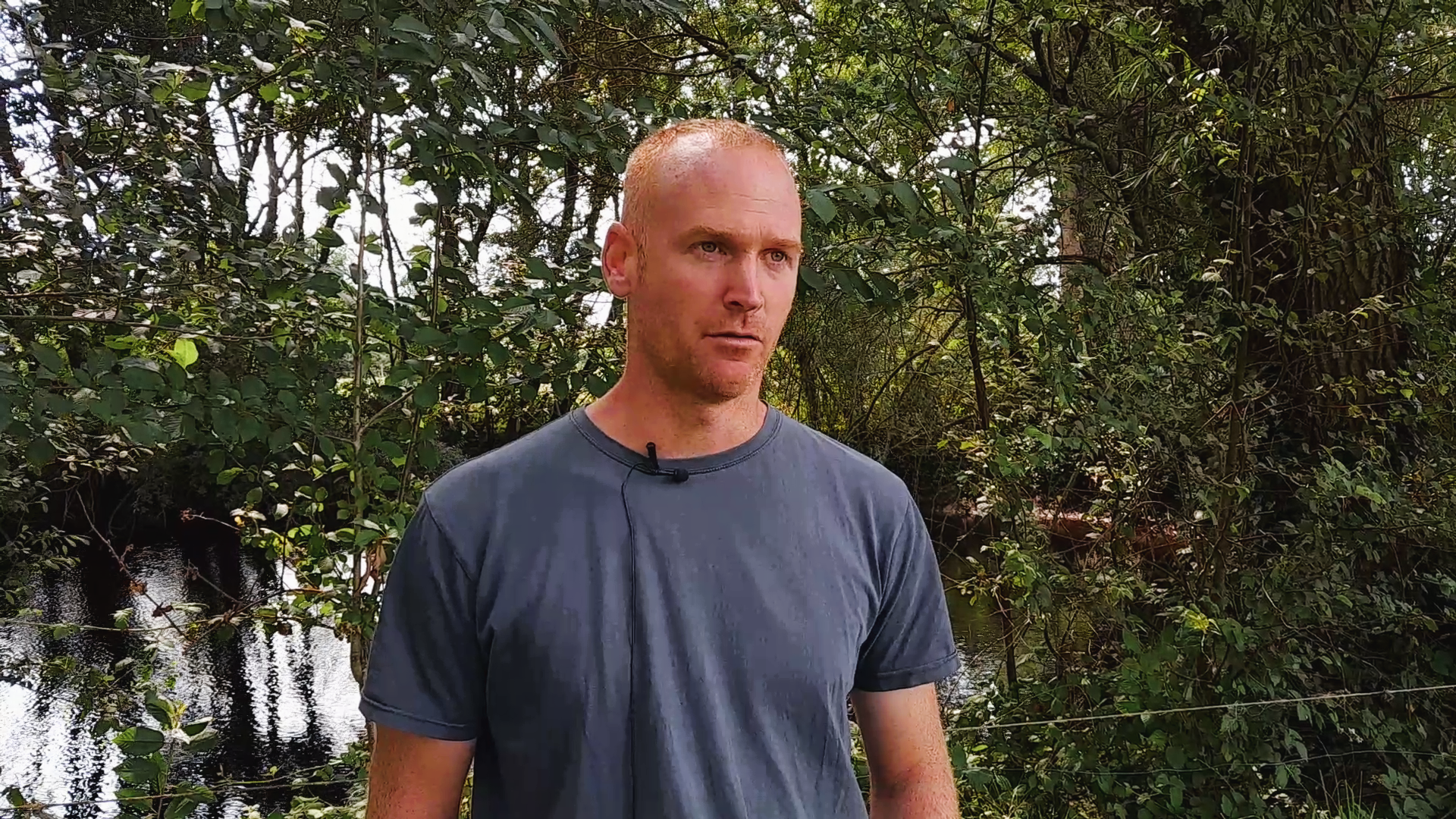
Nicolas Rubin
Grazing forage species (fodder beet, fodder rape and chicory) while renewing pastures
More info here: Video / Practice abstract
Organic dairy farm with 53 cows and 52ha, including 48ha of grasslands, in Argentré-du-Plessis, Ille-et-Vilaine, Brittany

Patrice Tranvoiz
Grazing fodder rape
More info here: Video / Practice abstract
Dairy farm with 45 cows and 45ha, including 35ha of grasslands, in Plabennec, Finistère, Brittany
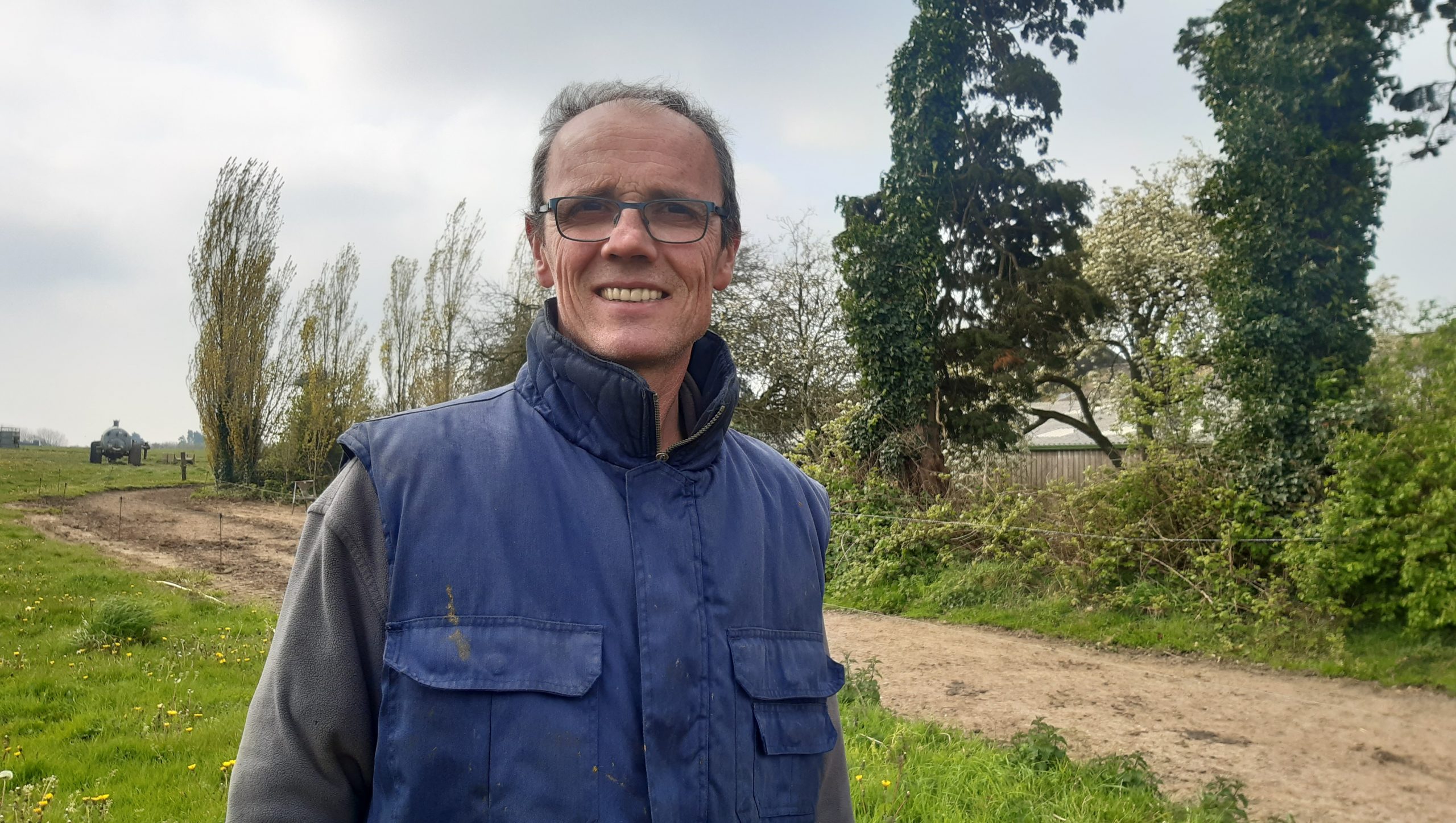
Romain Chevrel
Grazing with a milking robot to reduce the daily workload
More info here: Video / Practice abstract
Organic family dairy farm with 120 cows and 124,5ha, including 111ha of grasslands, in Val-d’Izé, Ille-et-Vilaine, Brittany

Romain Guegan
Building tracks and a cow tunnel to graze more
More info here: Video / Practice abstract
Dairy farm with 100 cows and 85ha, including 59ha of grasslands, in Louargat, Côtes-d’Armor, Brittany
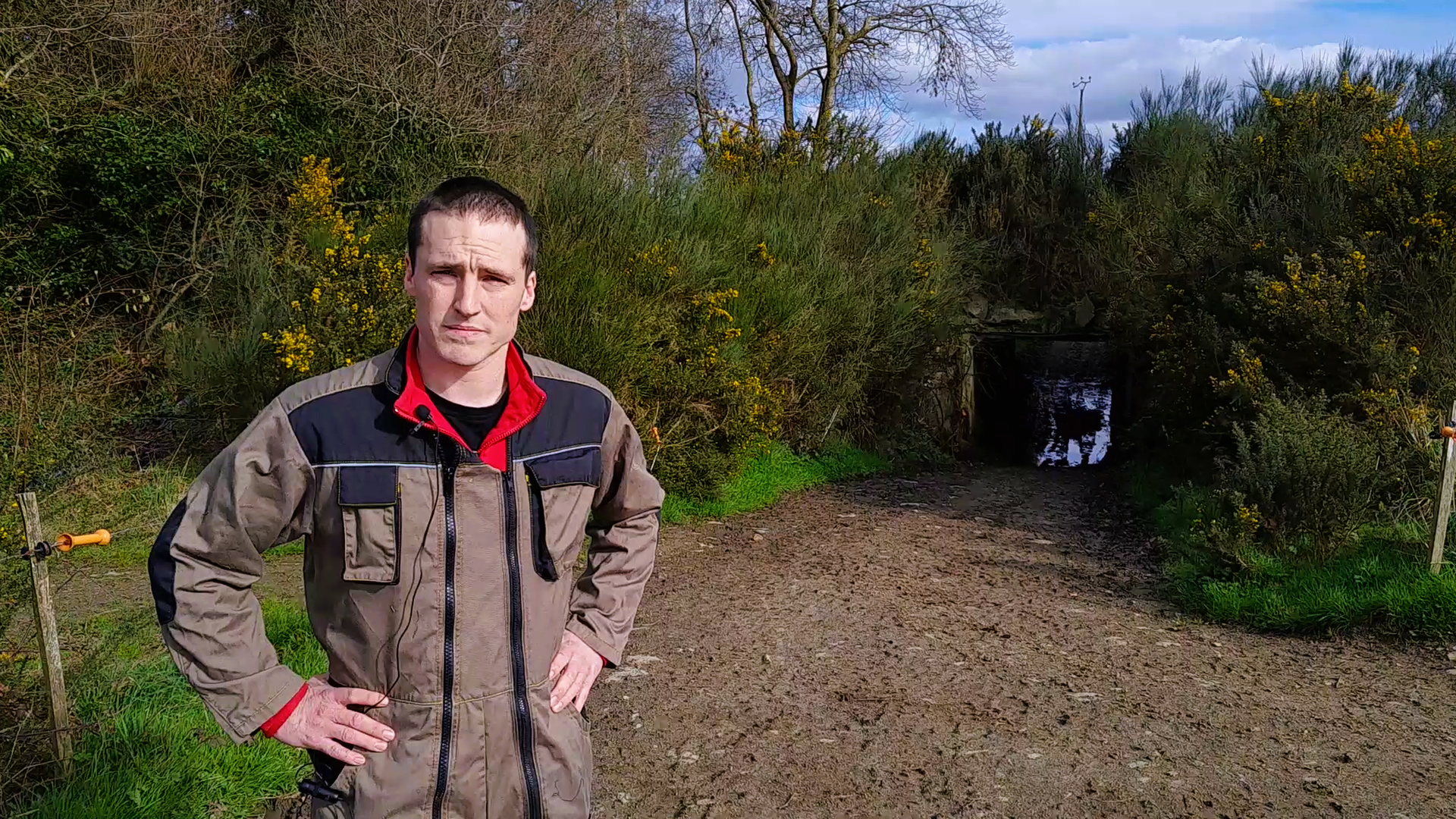
Styven Thomas
Sowing grassland with a quad
More info here: Video / Practice abstract
Organic dairy farm with 60 cows and 89ha of grasslands, in Le Faou, Finistère, Brittany
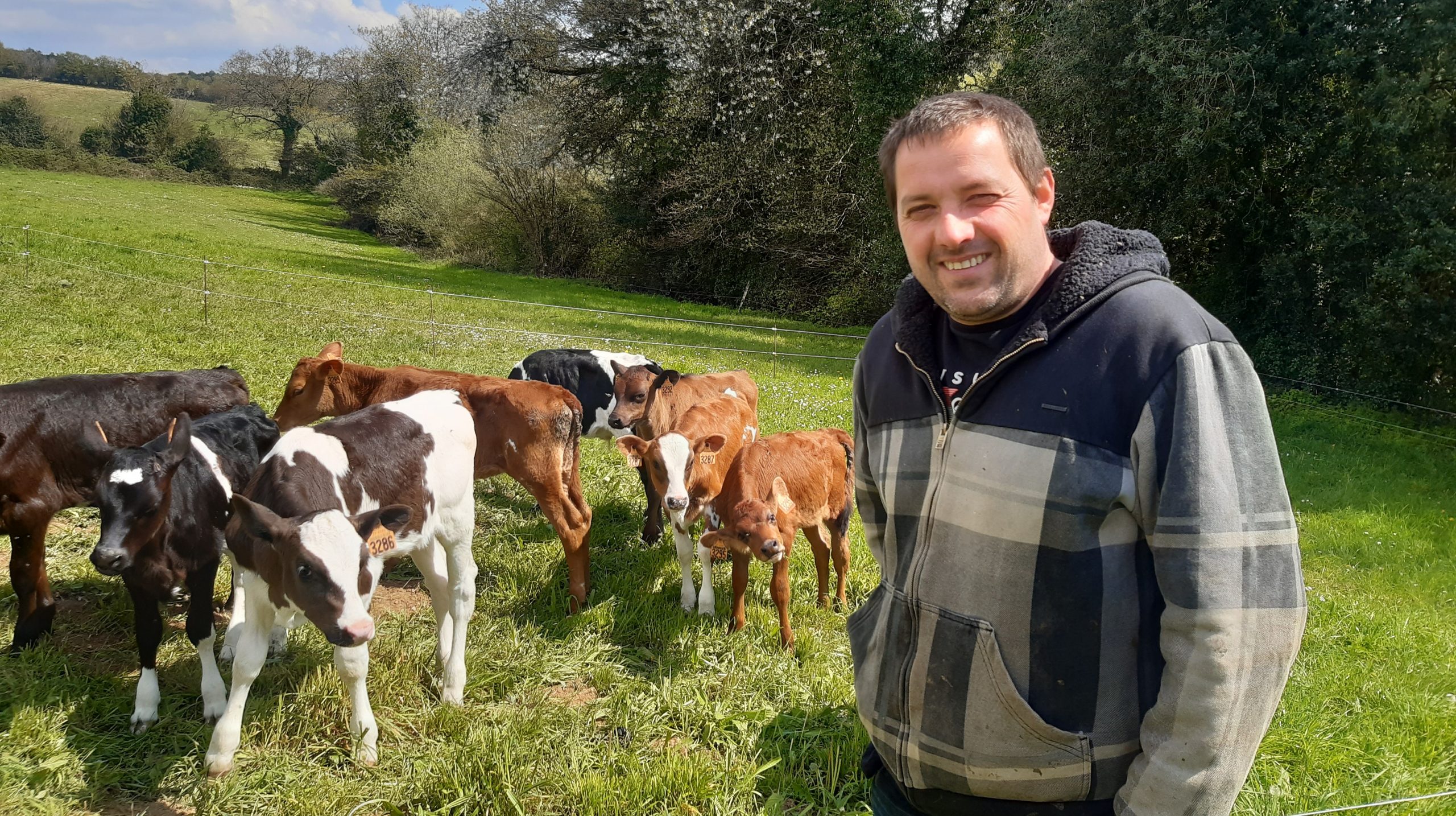
Tangi Tréhen
Connected plate meter and decision support tool for precise grazing management
More info here: Video / Practice abstract
Dairy farm with 60 cows and 153ha, including 70ha of grasslands, in Caudan, Morbihan, Brittany
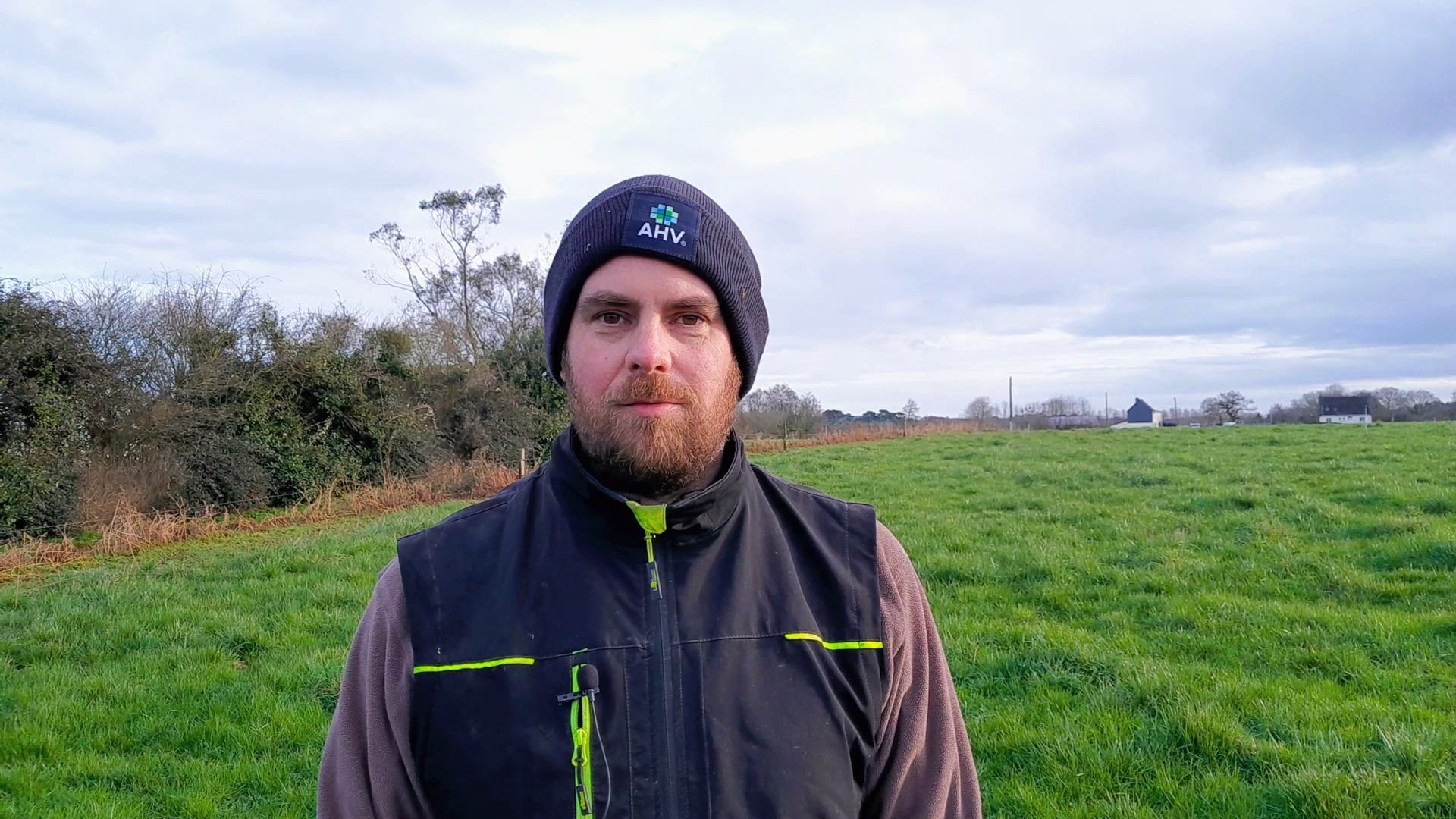
Thibault Monneray
Rearing calves with grazing nurse cows for better results and simplified work
More info here: Video / Practice abstract
Organic dairy farm with 60 cows and 73ha of grasslands, in Ruffiac, Morbihan, Brittany
